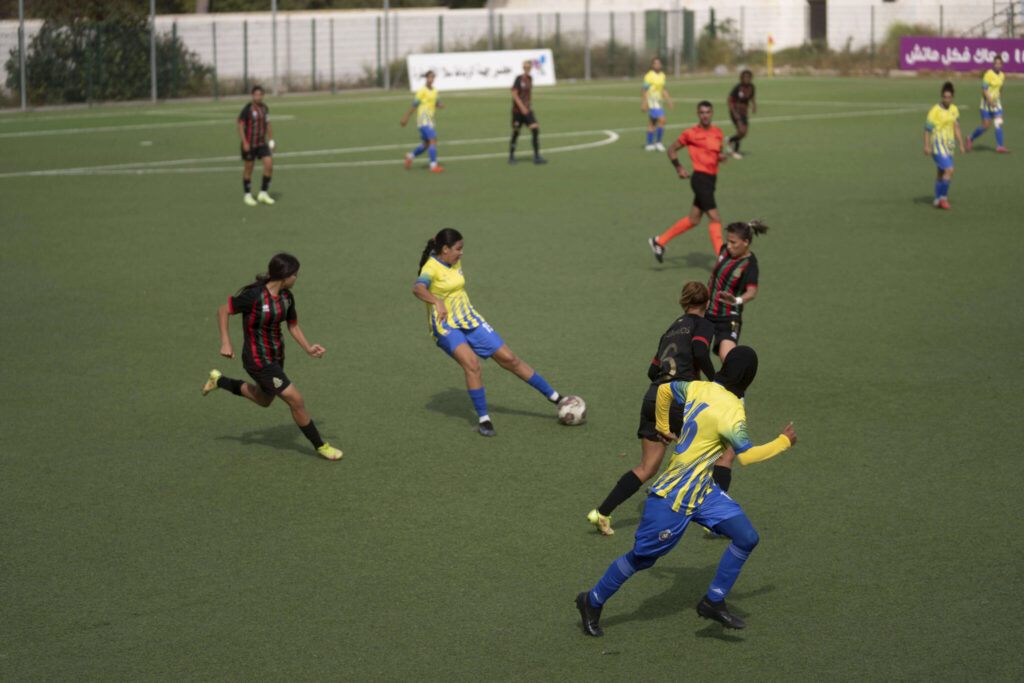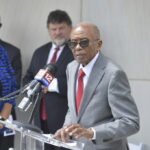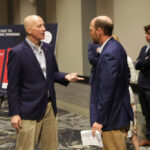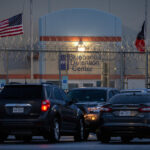In a sparsely attended midweek match, the Association Sportive des Forces Armees Royales (ASFAR), a dominant force in Moroccan women’s football, achieved a resounding 7-0 victory over their national women’s professional league opponents. Amid the excitement, one young fan stood out, 5-year-old Aliae Benazzouza, clad in a “Morocco” jersey, eagerly embraced her favorite player, Fatima Tagnaout, capturing a moment that symbolizes the growing allure of Moroccan women’s football. For years, women’s football in Morocco has struggled to gain prominence, but recent developments have sparked a shift in perceptions. The national team dubbed the Atlas Lionesses, is set to make its debut at the FIFA Women’s World Cup, becoming the first team from the Arab world to qualify. The Associated Press has the story:
Morocco’s historic Women’s World Cup debut
Newslooks- RABAT, Morocco (AP)
The game was sparsely attended; it was midweek and the match wasn’t going to be a nail-biter: the Association Sportive des Forces Armees Royales, a powerhouse in women’s soccer here, ended up crushing its Moroccan national women’s professional league opponent 7-0.
One young fan in the stands was excited regardless.
Dressed in a jersey reading “Morocco” in Arabic, 5-year-old Aliae Benazzouza descended to the pitch to meet the players. A favorite of hers, Fatima Tagnaout, who plays for Morocco’s national women’s team and for the armed forces team known as ASFAR, wrapped her arms around Aliae as they posed for photos. Aliae waved at another player. During the game, she would make her way to the front of the stands for a better view.
“I was very happy,” Aliae said.
After years largely in the margins, Moroccan women’s soccer is gaining new ground, capturing the imagination of some girls like Aliae, winning the hearts and minds of more parents, and chipping away at a traditional view of soccer as a men’s game. Morocco’s national team, dubbed the Atlas Lionesses, will make its debut this month at the FIFA Women’s World Cup, the first to qualify from the Arab world, where many are wild for the men’s game.
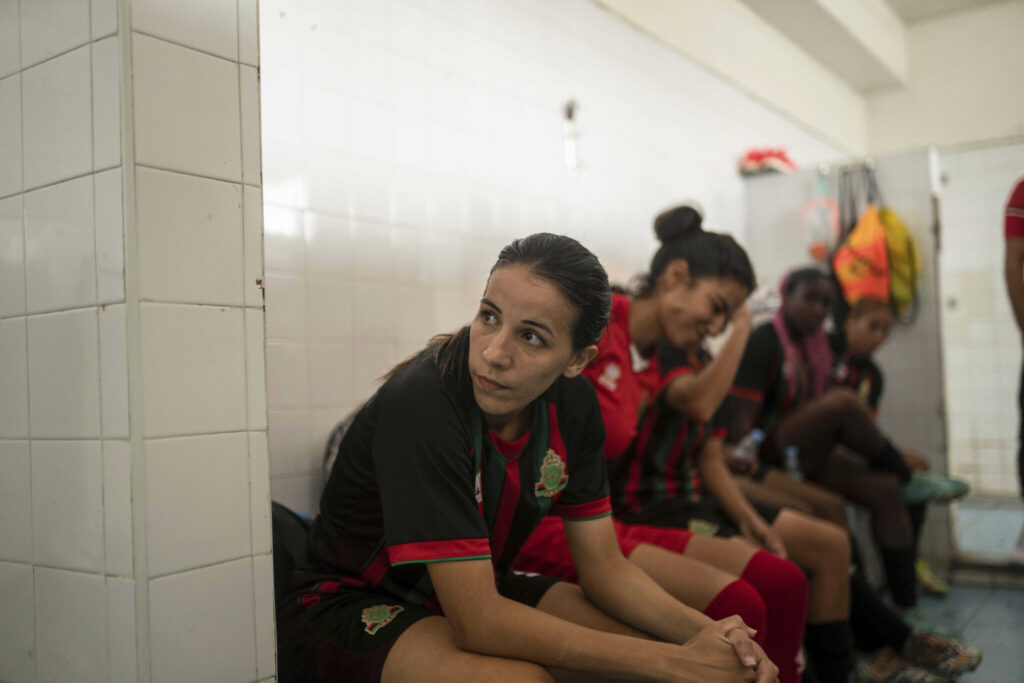
“I teach (my daughters) confidence, not fear,” said Idriss Benazzouza, Aliae’s father. “Sports don’t differentiate between genders.”
He said the Lionesses’ achievement “shows how women’s soccer has progressed” in the North African country and has filled him with joy. He added, though, that not everyone he knows shares his enthusiasm due to conservative views or religious beliefs against women wearing shorts.
The national team’s upcoming Women’s World Cup appearance follows their male counterpart’s history making feat as the first African or Arab team to reach the World Cup semifinals. Last year’s run galvanized support from other Arab countries.
Morocco’s 2022 hosting of the Women’s Africa Cup of Nations drew large numbers of spectators and catapulted the country to the upcoming global tournament. It marked a watershed moment in perceptions for many, soccer officials and players say.
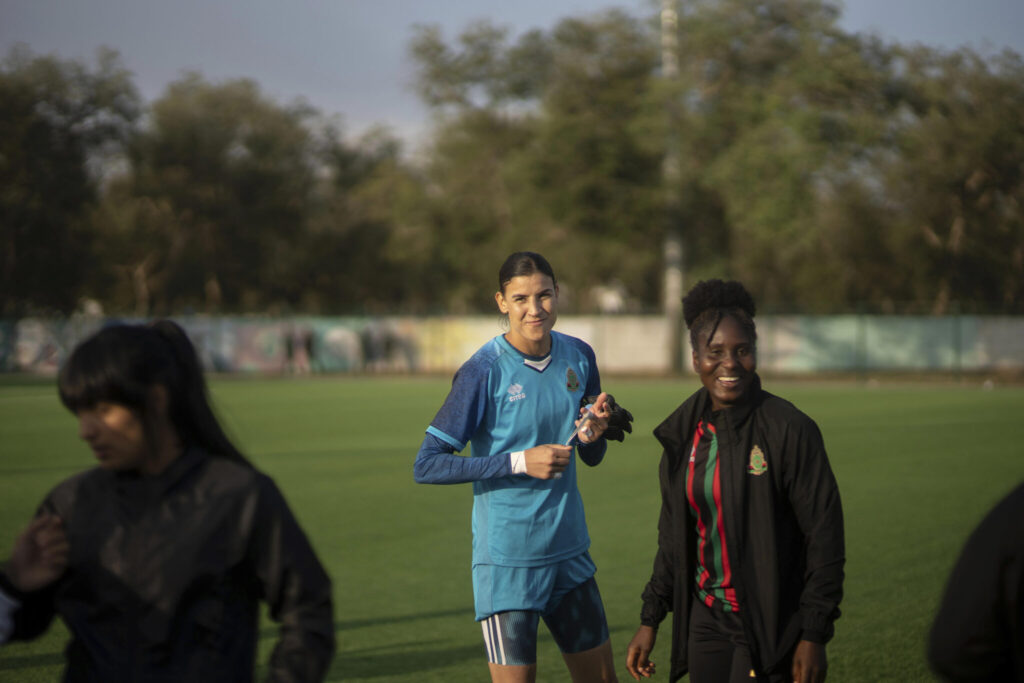
“The qualification of the women’s team for the finals at the Africa Cup of Nations, the media momentum and the wide audience that followed … breathed new life into women’s soccer in Morocco,” said Khadija Illa, president of the national women’s soccer league.
The on-the-pitch victories, she said, were the culmination of efforts in recent years by the Royal Moroccan Football Federation to develop soccer, including for women. Female players and teams traditionally suffered from neglect here and in the Arab world.
“Everything related to women requires struggling for,” Illa said. “We’re not 100% where we want to be, but we have put sound structures in place.”
Those include the hiring of Atlas Lionesses’ coach Reynald Pedros and moves by the Moroccan federation to support women’s clubs with such things as salaries. Providing financial help was part of an agreement announced in 2020 for the growth and professionalization of female soccer; goals included establishing a national under-17 championship and increasing the number of female players.
“There’s no success without financial support,” Illa said. Still, she said, large salary gaps exist between male and female players at Moroccan clubs, adding, “We’re still at the beginning of the road.”
She cited a sports-study program that searches for youthful talent and provides girls who qualify with housing, schooling and soccer practice.
Bahya El Yahmidi, who oversees women’s soccer at ASFAR, said with victories, attitudes have been evolving.
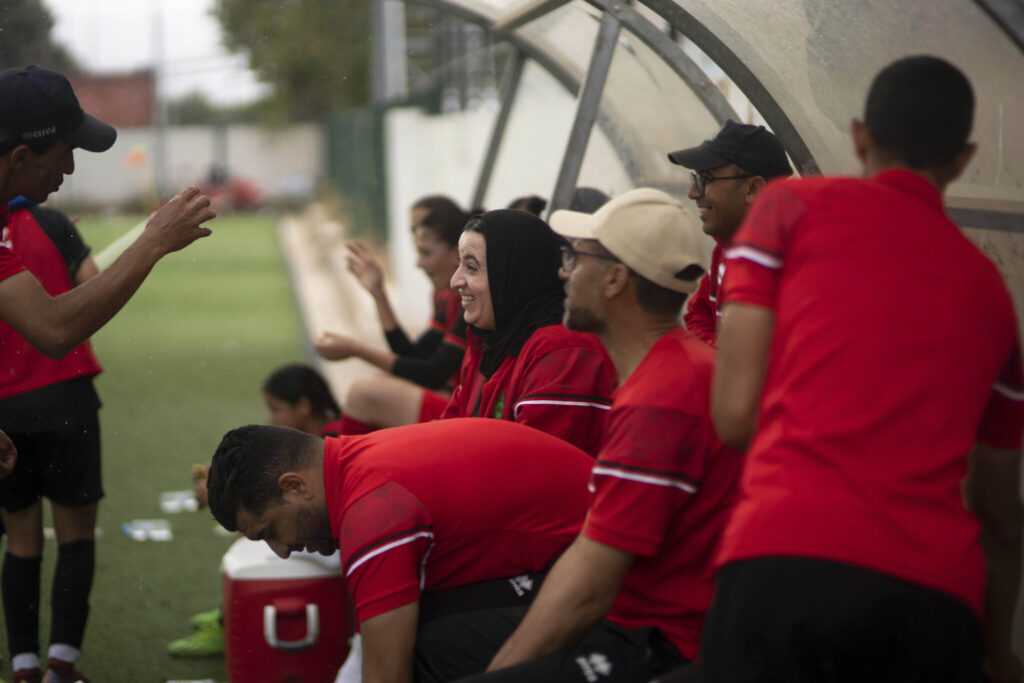
“In the beginning, there was such talk as ‘You belong in the home or in the kitchen’ … or girls would wait for their fathers or brothers to leave before they could sneak out to play,” she said. “But later, a brother would come with his sister, a father with his daughter.”
For Hiba Karami, who plays for another local team, Fath Union Sport, the advancement in women’s soccer has made a dream of hers a reality.
Last year, Karami was one of the players representing Morocco in the FIFA U-17 Women’s World Cup. Karami loved soccer because her older sister played.
When there were naysayers, Karami paid little heed.
“Some kids or men would say that women belonged in the kitchen and weren’t made for soccer,” she said. “I knew that I loved the game and that I will play.”
Boys in the neighborhood accepted her “because I played better than they did,” she said.
In recent years, Karami said, she’s seen women’s soccer receive more attention. She was overjoyed to see many turn up to support the national team during the Women’s Africa Cup of Nations.
She only wishes that had happened sooner; her sister died.
“I wish she were here to witness my achievements,” Karami said, breaking into tears.
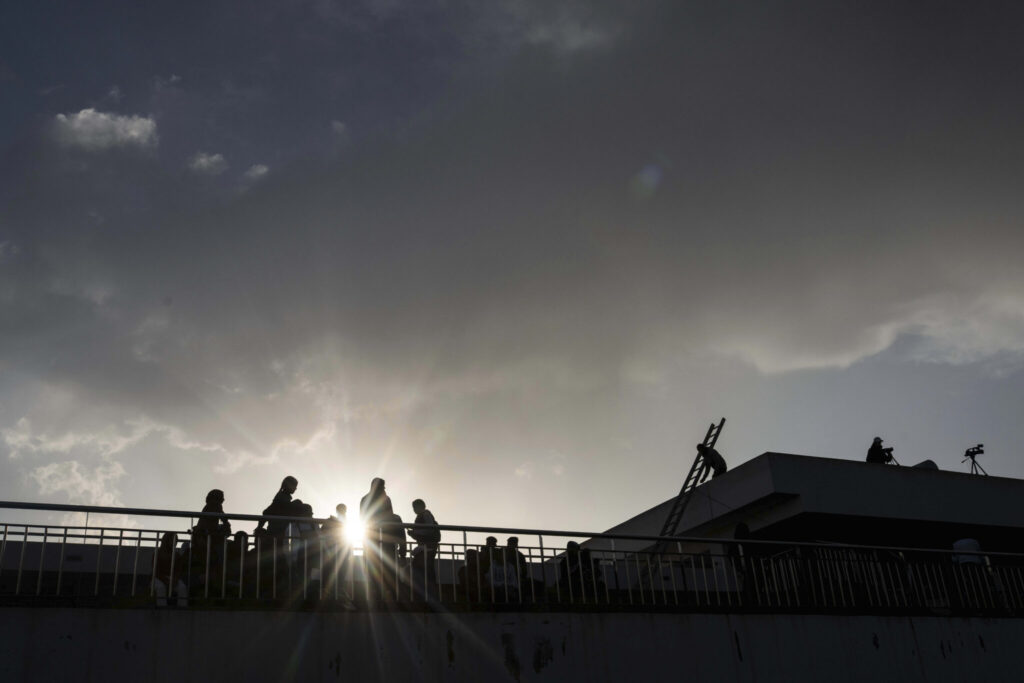
The senior Lionesses’ ascent fuels her resolve. “This has made me work harder, aspire for more, dream.”
Atlas Lionesses’ and ASFAR player Ghizlane Chebbak is increasingly seeing the star power she and some of her peers are enjoying in the eyes of young fans.
“Our efforts and perseverance in the field of soccer haven’t gone in vain; people have understood that we have the right to play this sport,” the 32-year-old said.
Nouhaila Benzina, who also plays for the national team and ASFAR, said her soccer career has opened up new worlds for her. The 25-year-old never saw soccer at odds with her modest attire and the Islamic headscarf she wears on and off the pitch.
Many, she said, depict her as a role model.
“This … makes me want to work harder to show girls that they can achieve great things.”
In parts of the Middle East and North Africa, women’s soccer can be shackled by lack of financing or conservative attitudes in some areas, while making new pushes in others when there are official efforts to develop the game.
Illa said the Moroccan team’s rise offers hope.
“Nothing is impossible,” she said. “If they work and plan, other teams can make it too.”
Attitudes vary in Arab cities.
In Gaza, ruled by the militant Hamas group, shopkeeper Ahmed Qoffa said he rooted for Morocco’s men’s team but takes issue with female players wearing shorts.
“If it is within the legal, cultural and societal limits, then there is no problem,” he said.
Elsewhere in the region, many were unaware of the Atlas Lionesses’ breakthrough.
“They always give attention to men’s sports more than women’s, especially in our countries,” said Hadeel Sleiman. She is a fan from Lebanon.
In Egypt, 61-year-old Hassan Yousef argued that soccer “is a rough game that is not at all fit for women,” adding he wouldn’t enjoy watching women play.
Dr. Husam Mokhtar, a Libyan in Egypt, said he doubts women’s soccer can become as popular as men’s, adding that “soccer is a men’s game.”
His 13-year-old daughter, Miral, disagreed. “Every sport should be played by everyone,” she said.
Back in Morocco, Fath Union Sport players practiced on a recent day.
Among them was 11-year-old Inass Belattar, who once thought only boys could play soccer because she had never seen girls playing on the street.
She now dreams of a career as a soccer player, or a coach, but also an engineer.
“Girls can do anything,” she said. “I want to play abroad and be famous around the world.”

